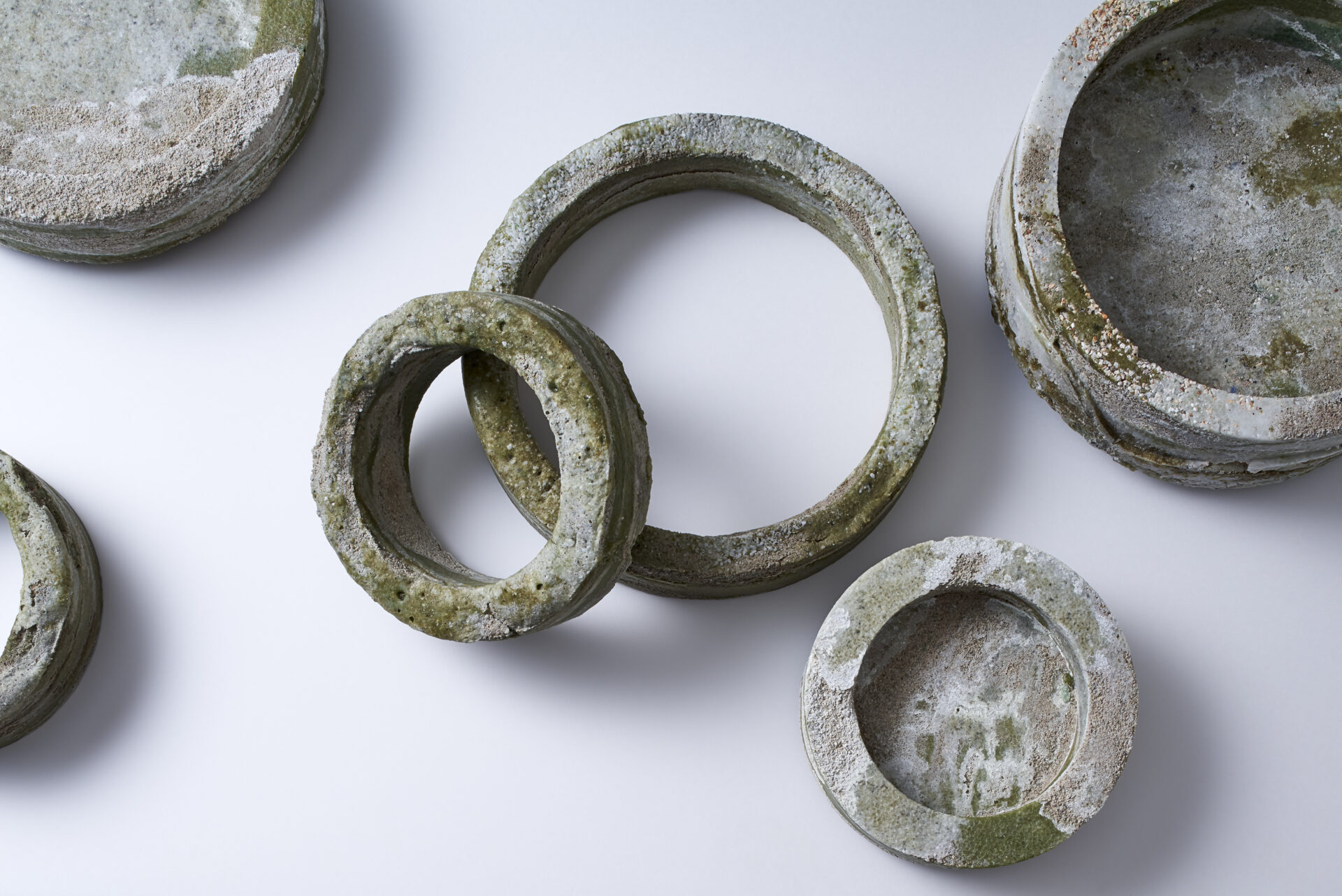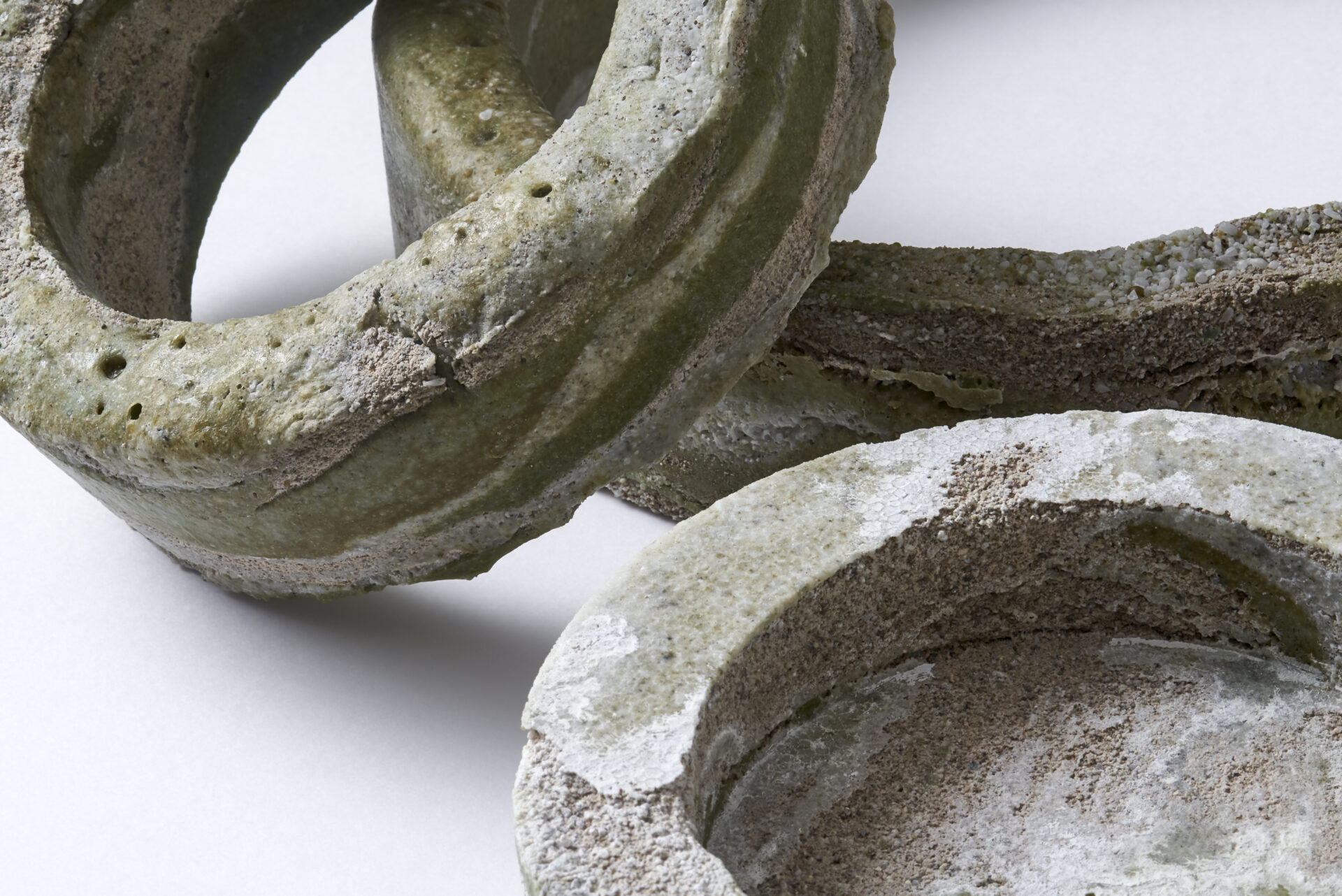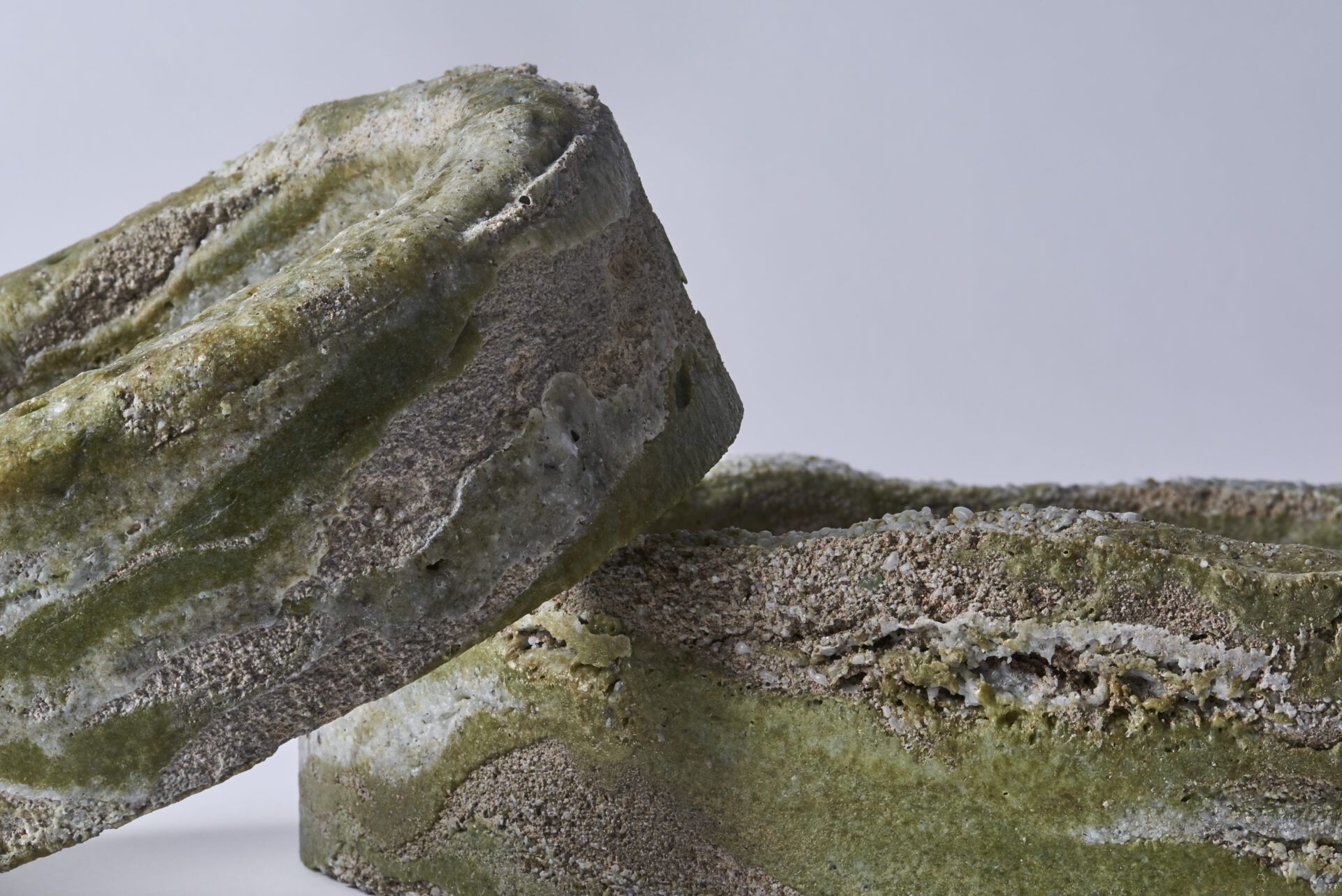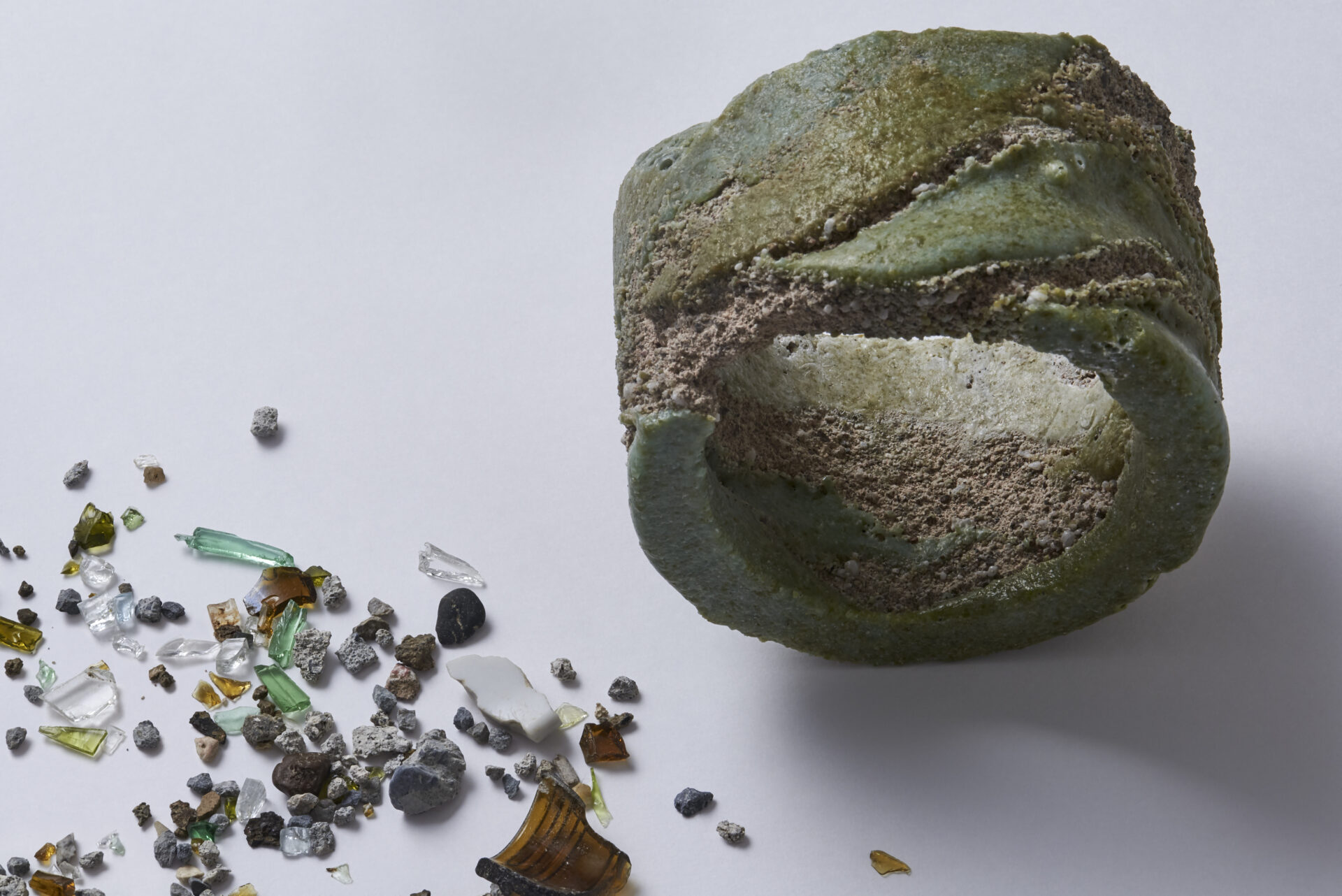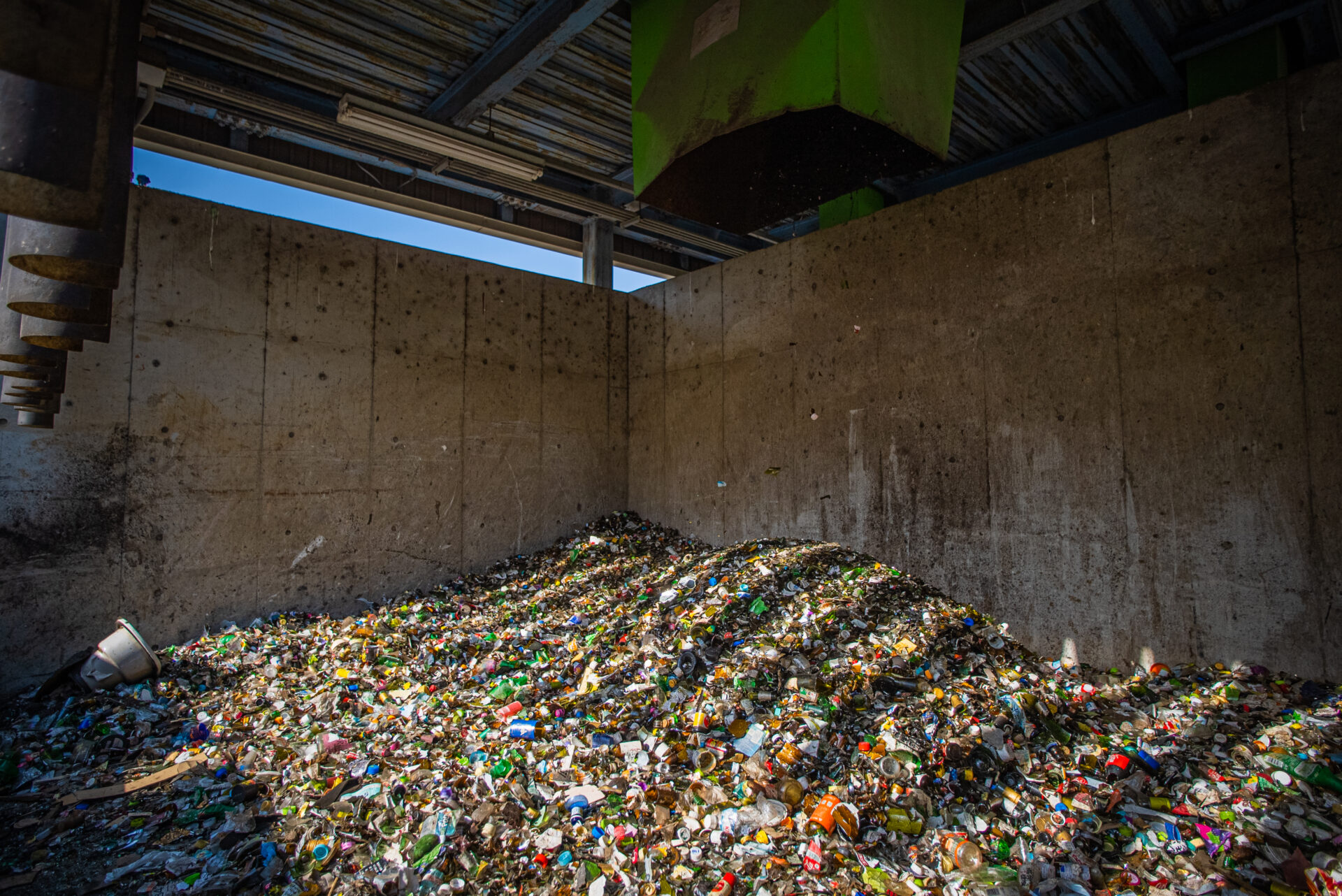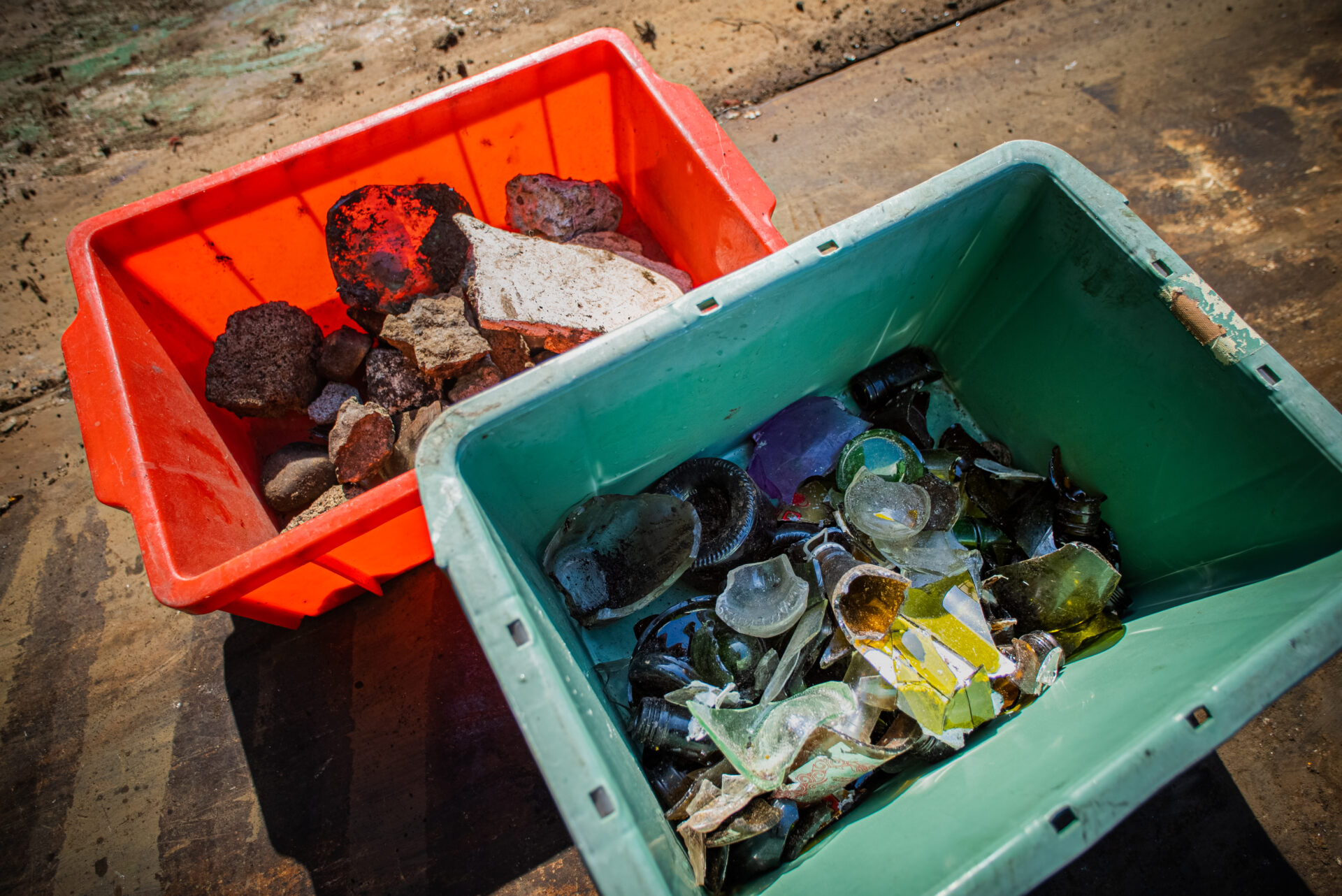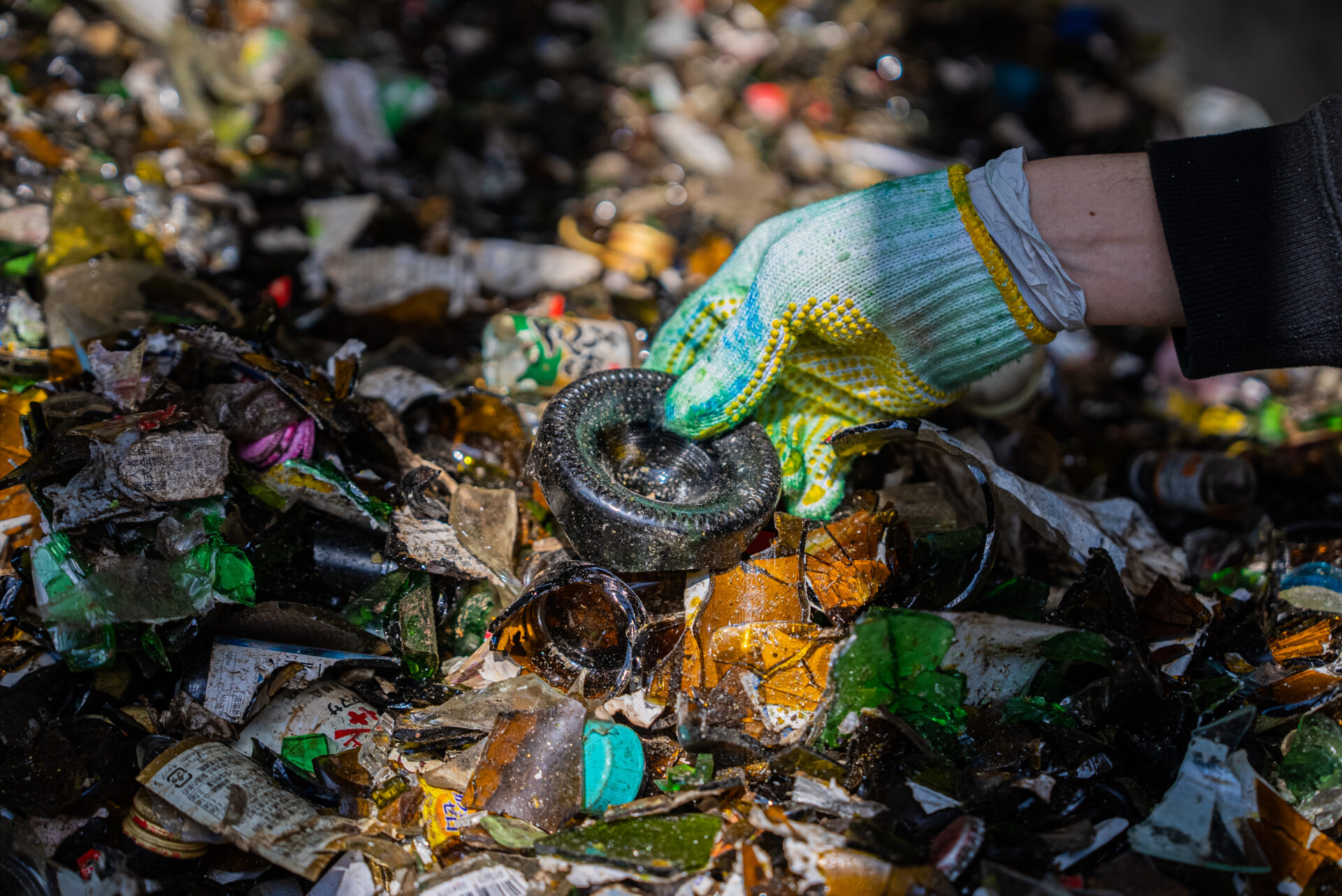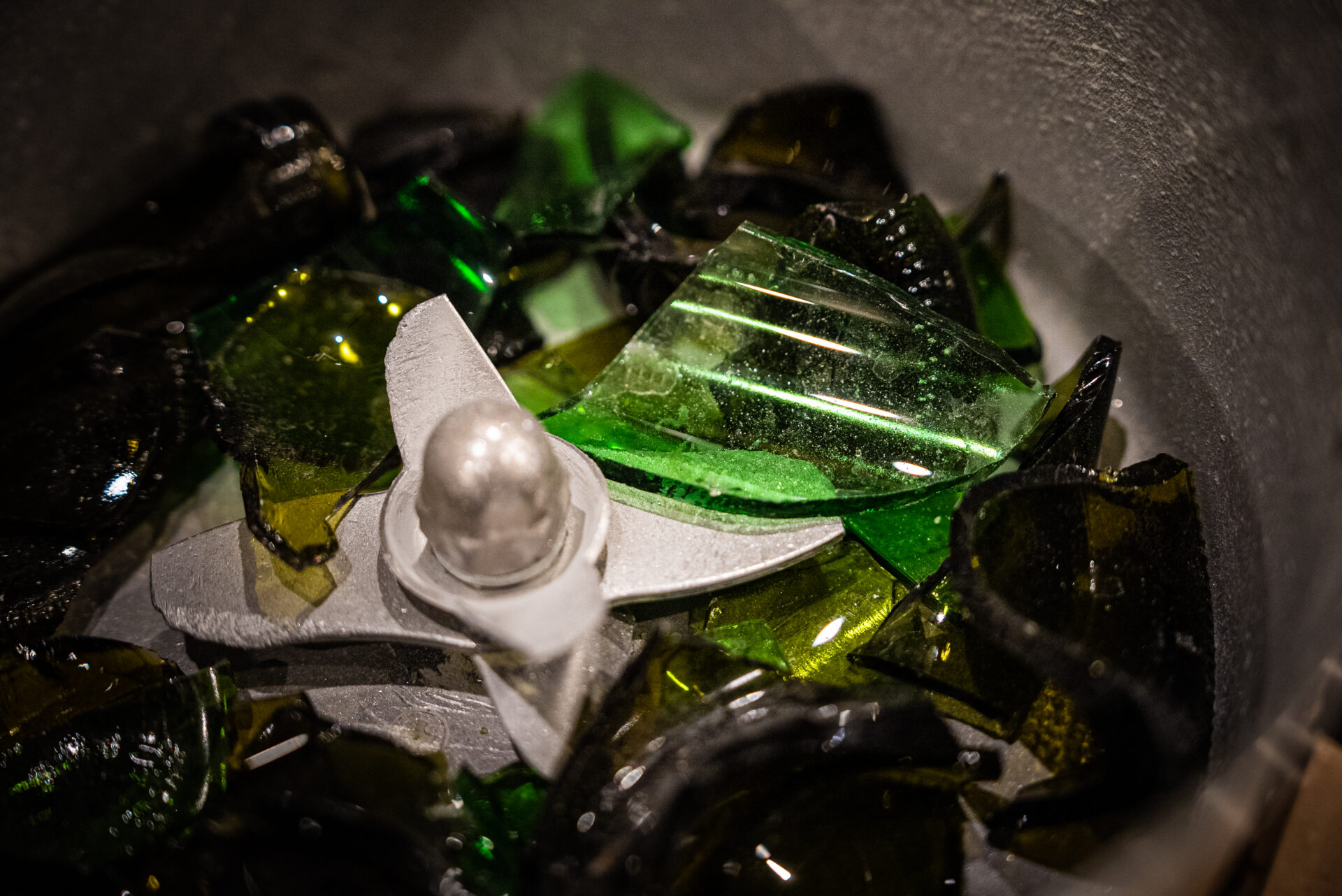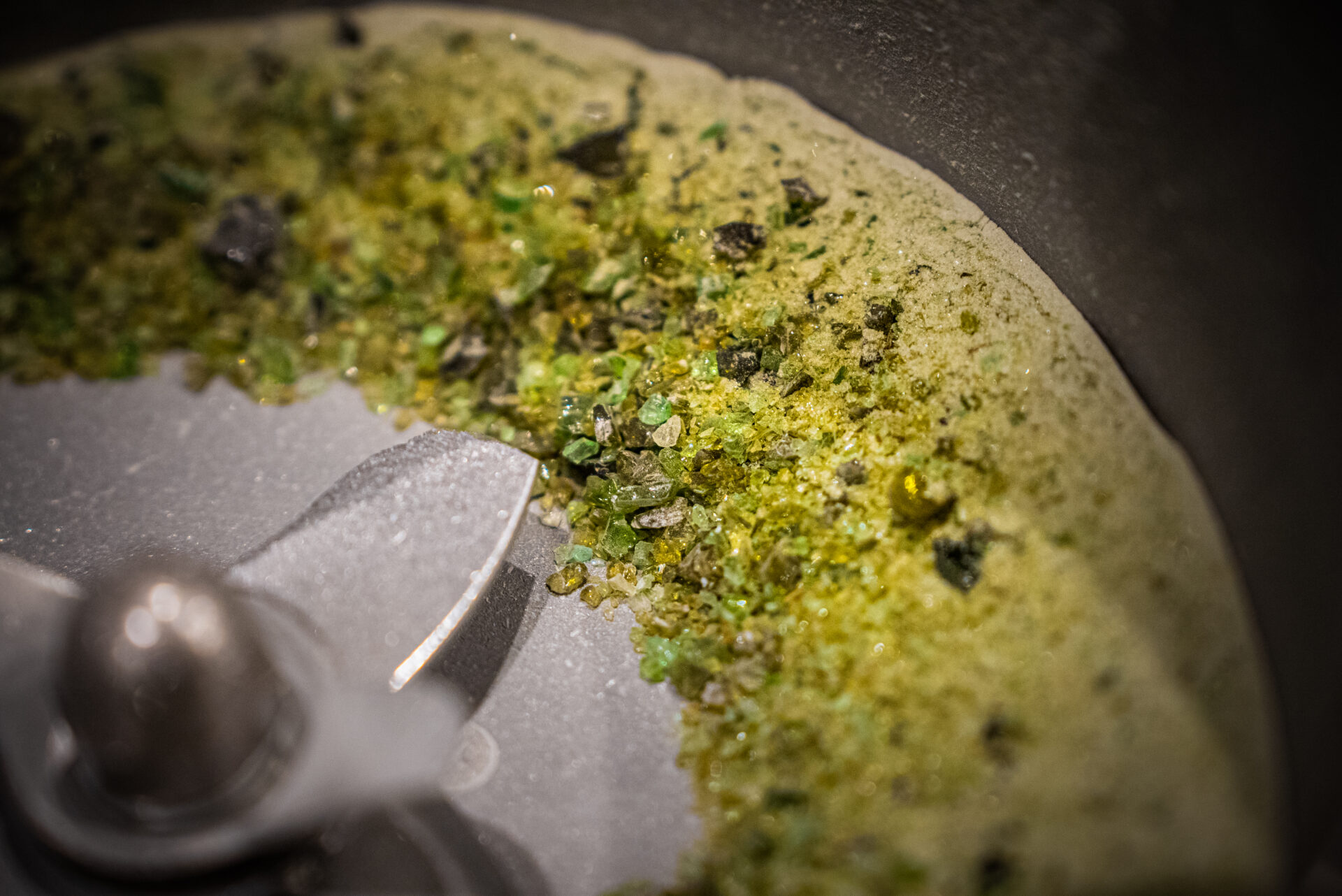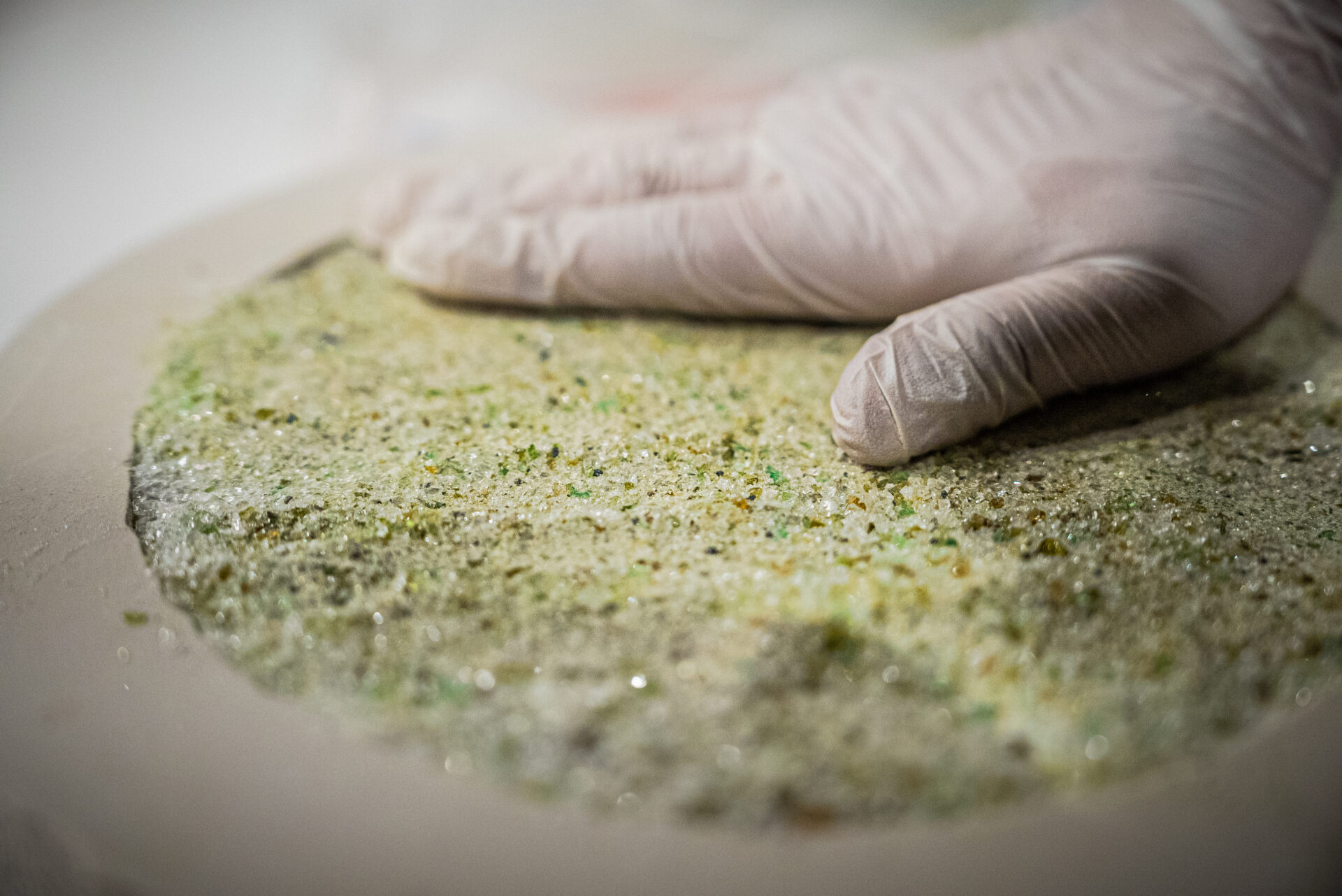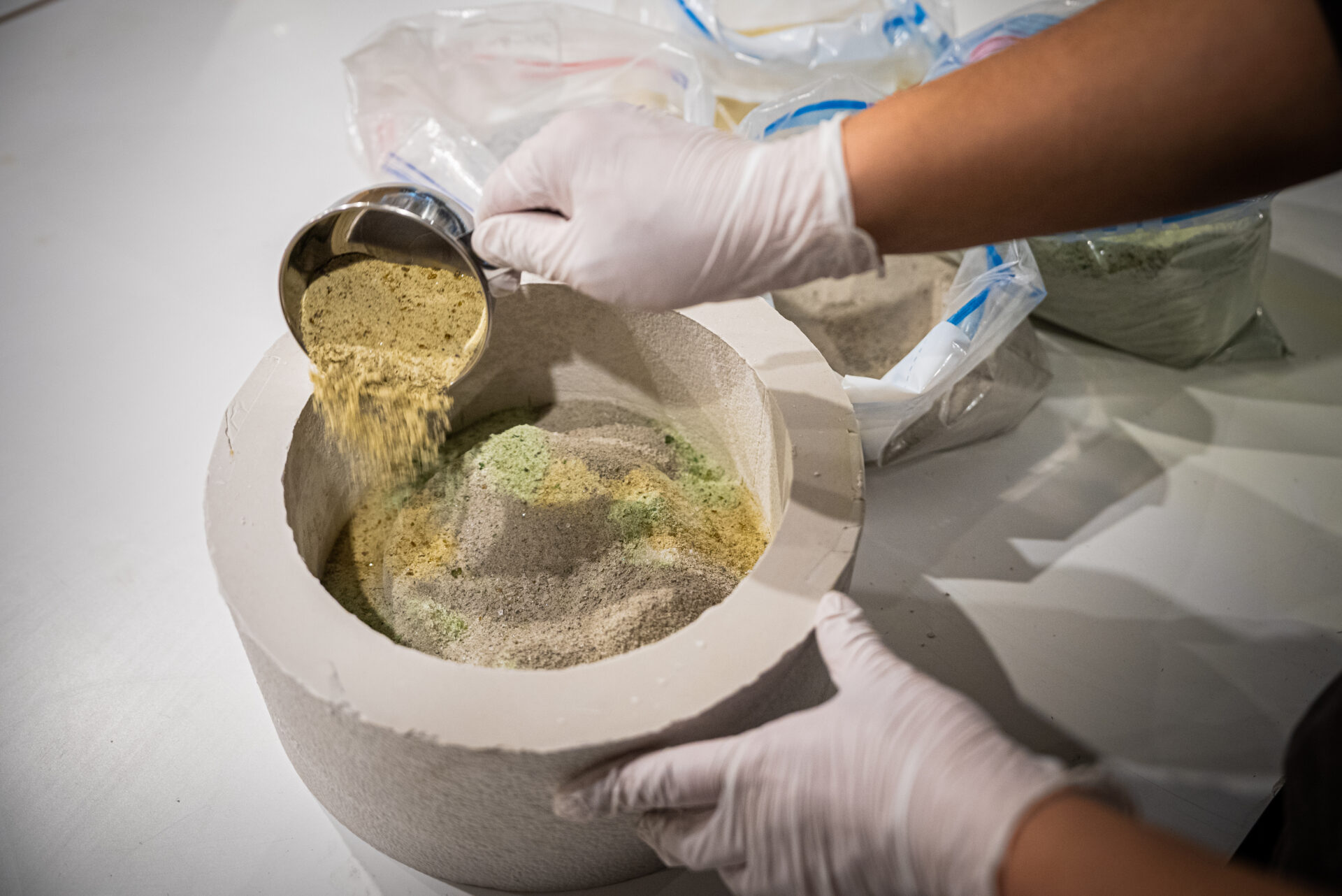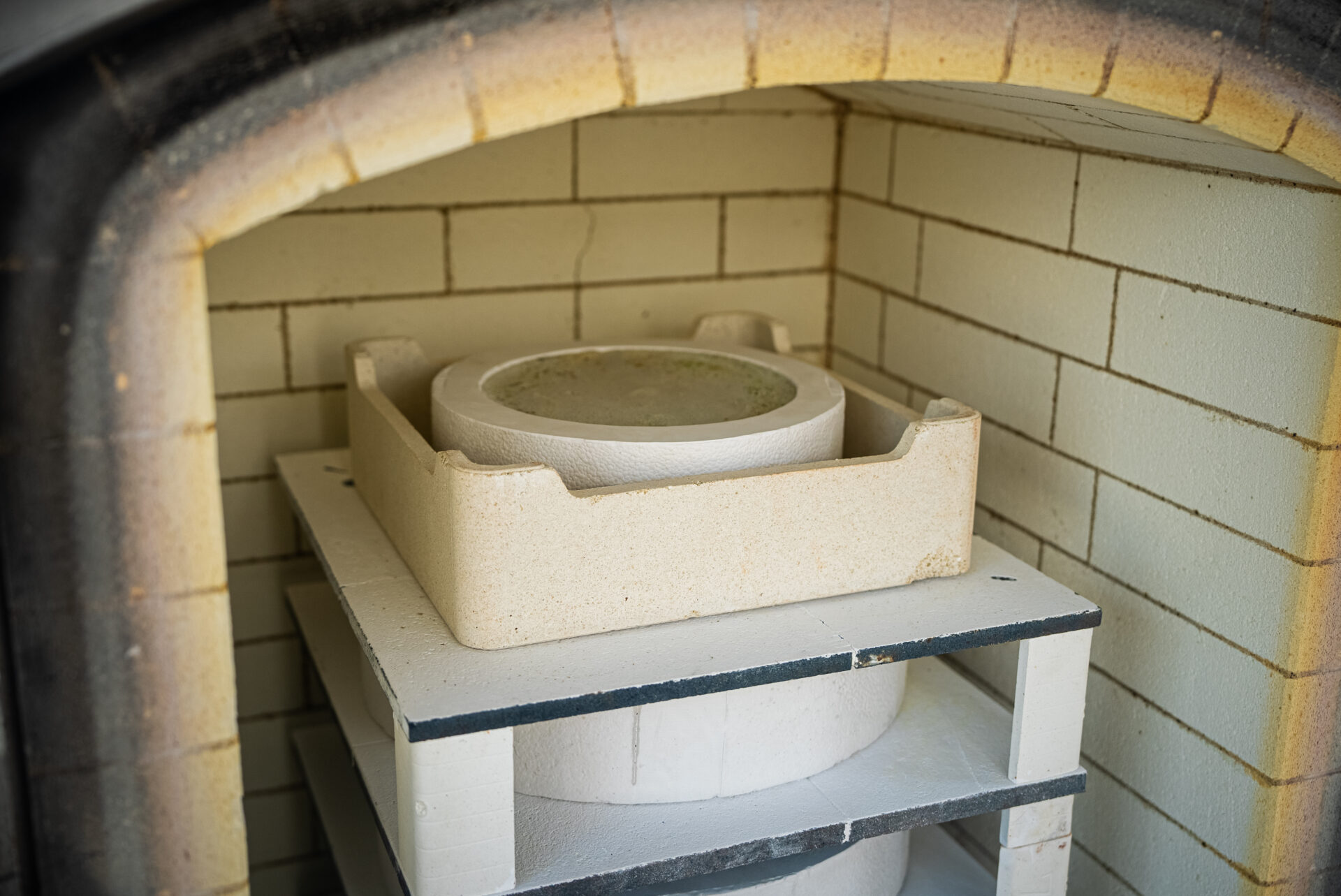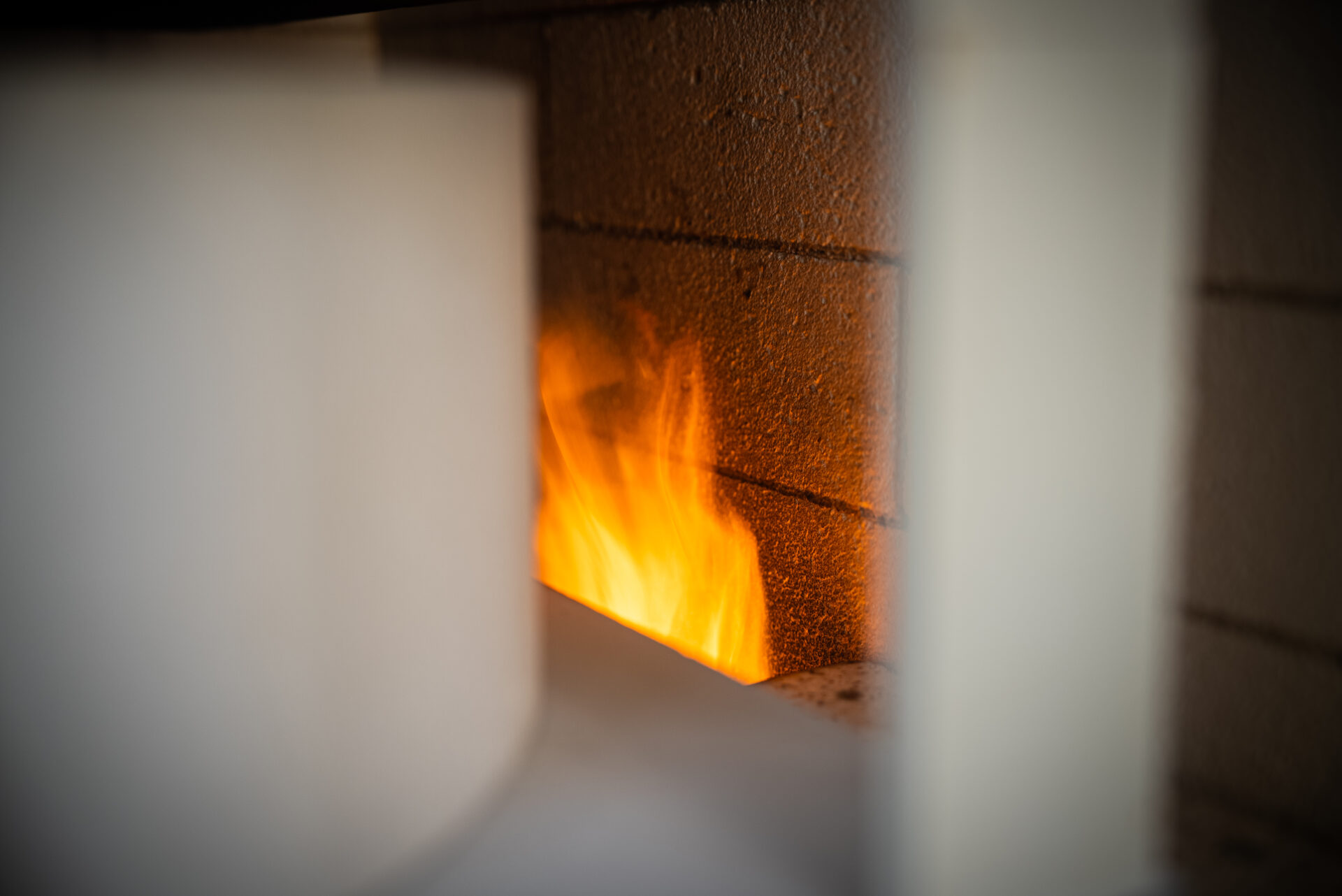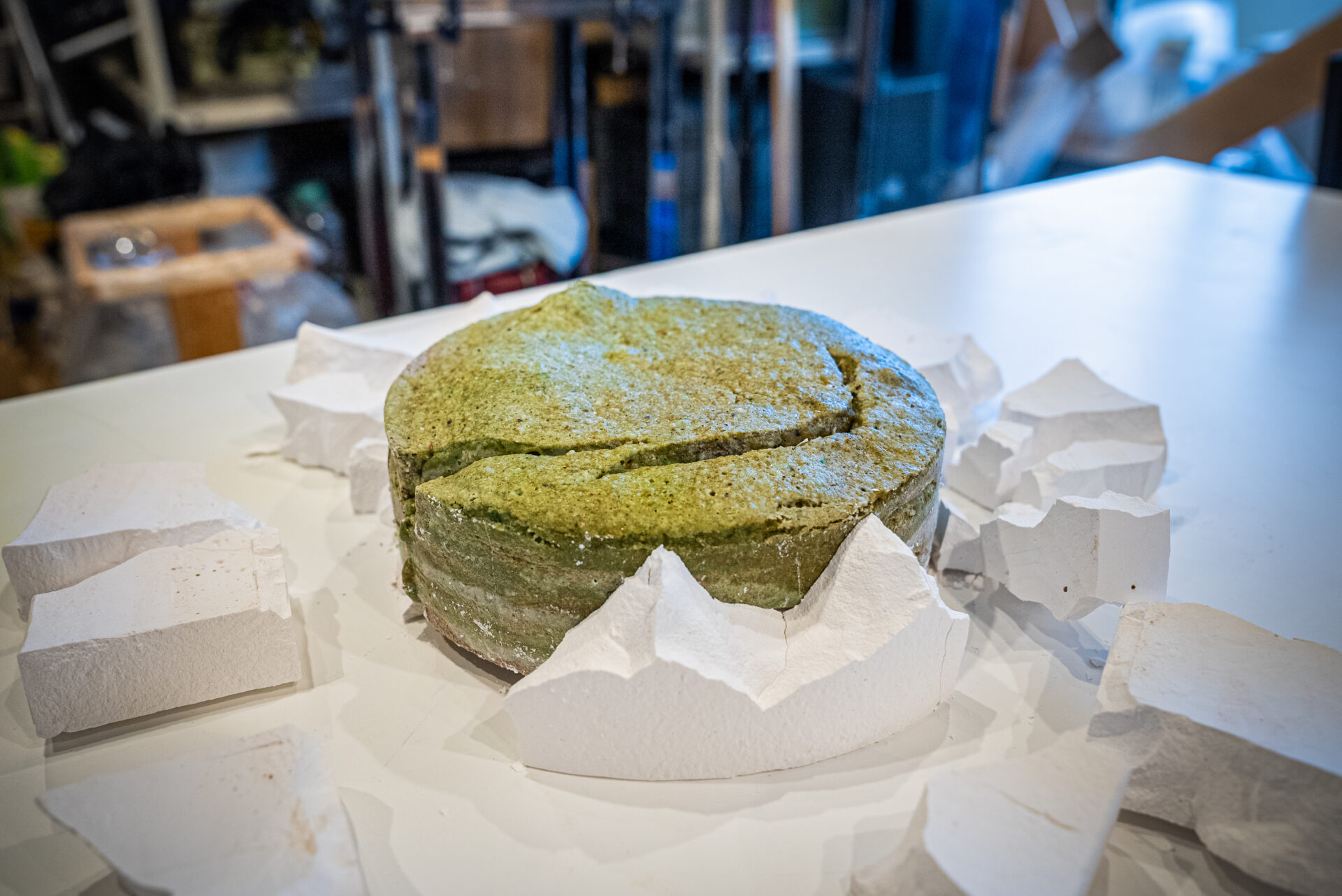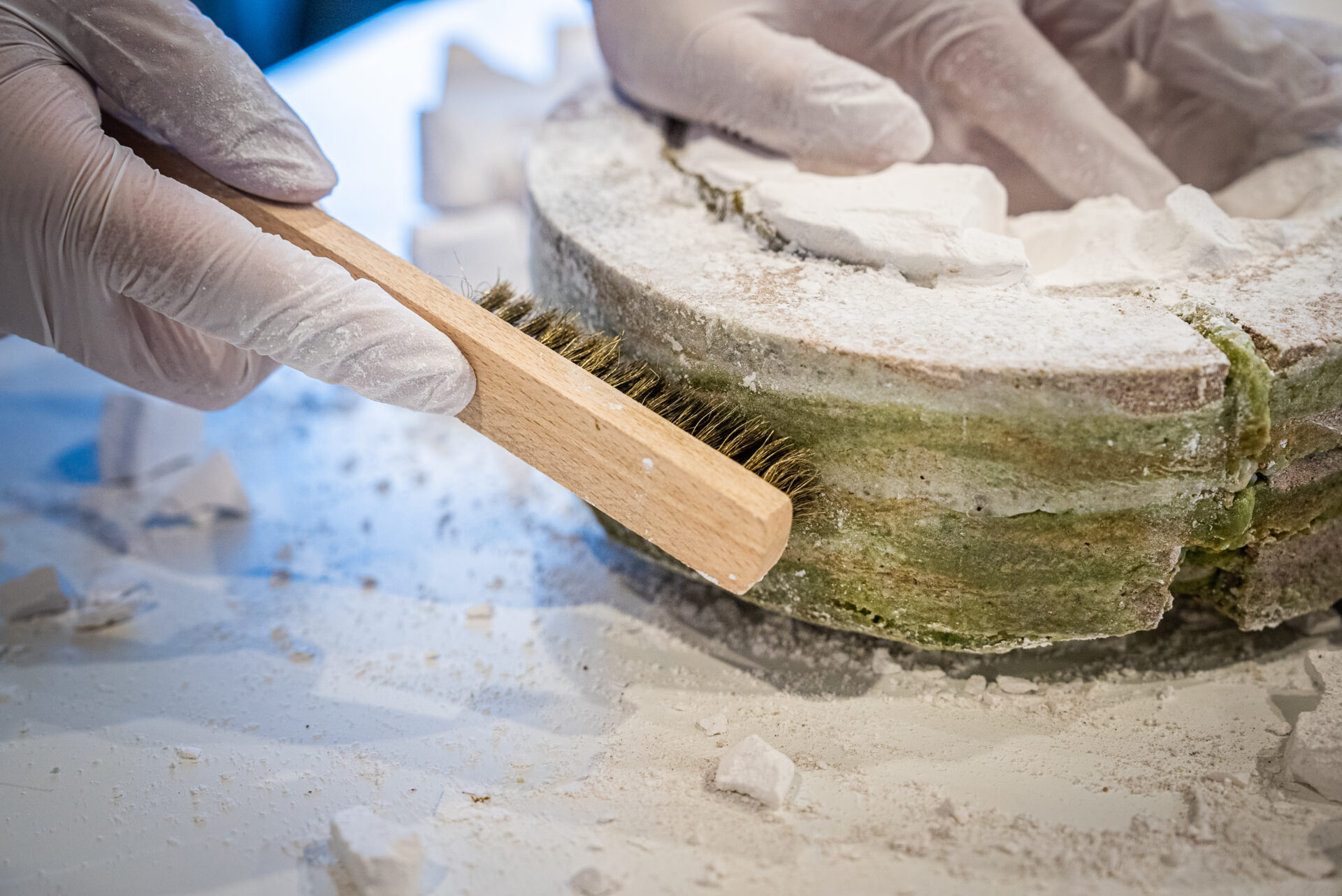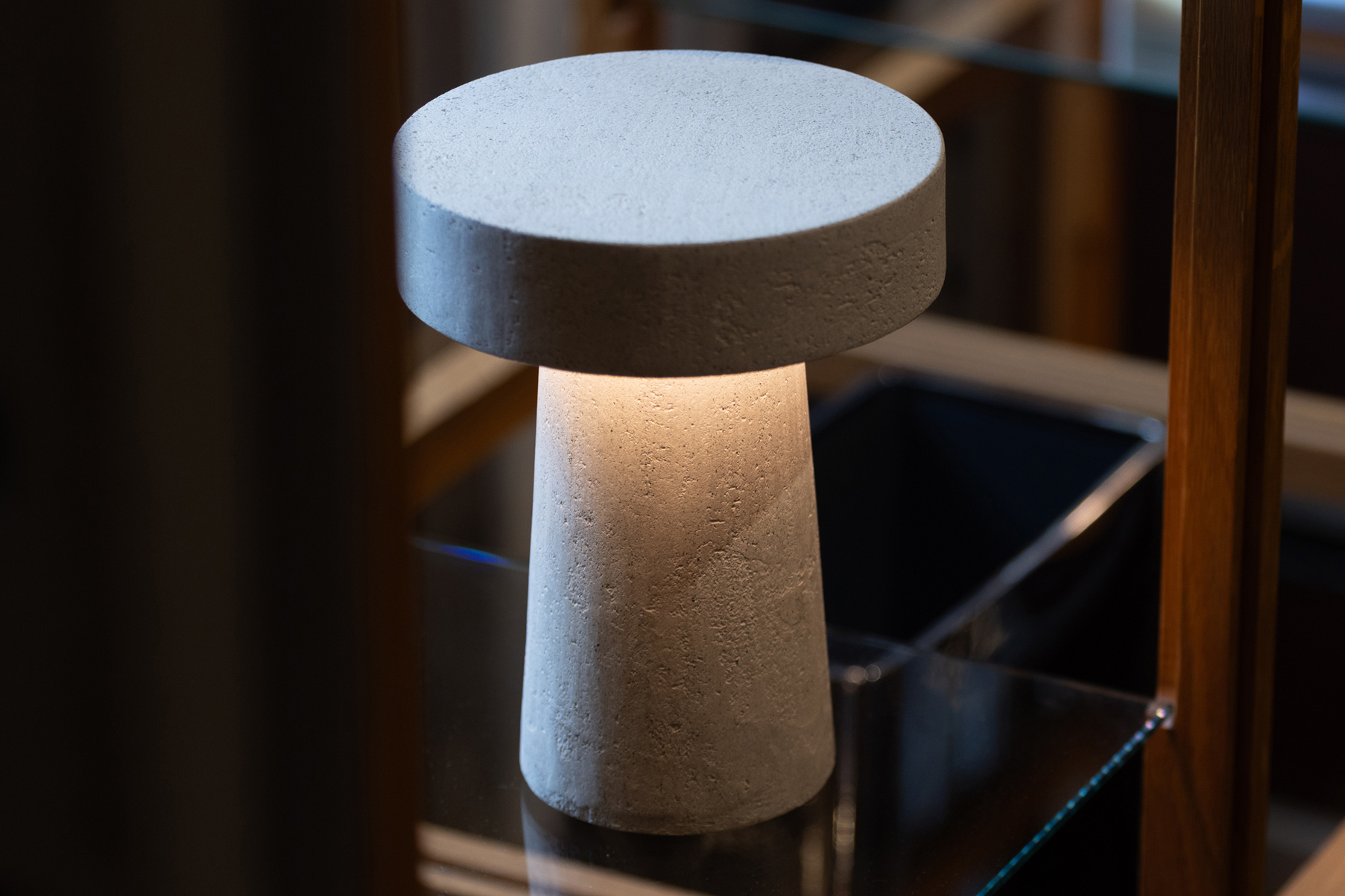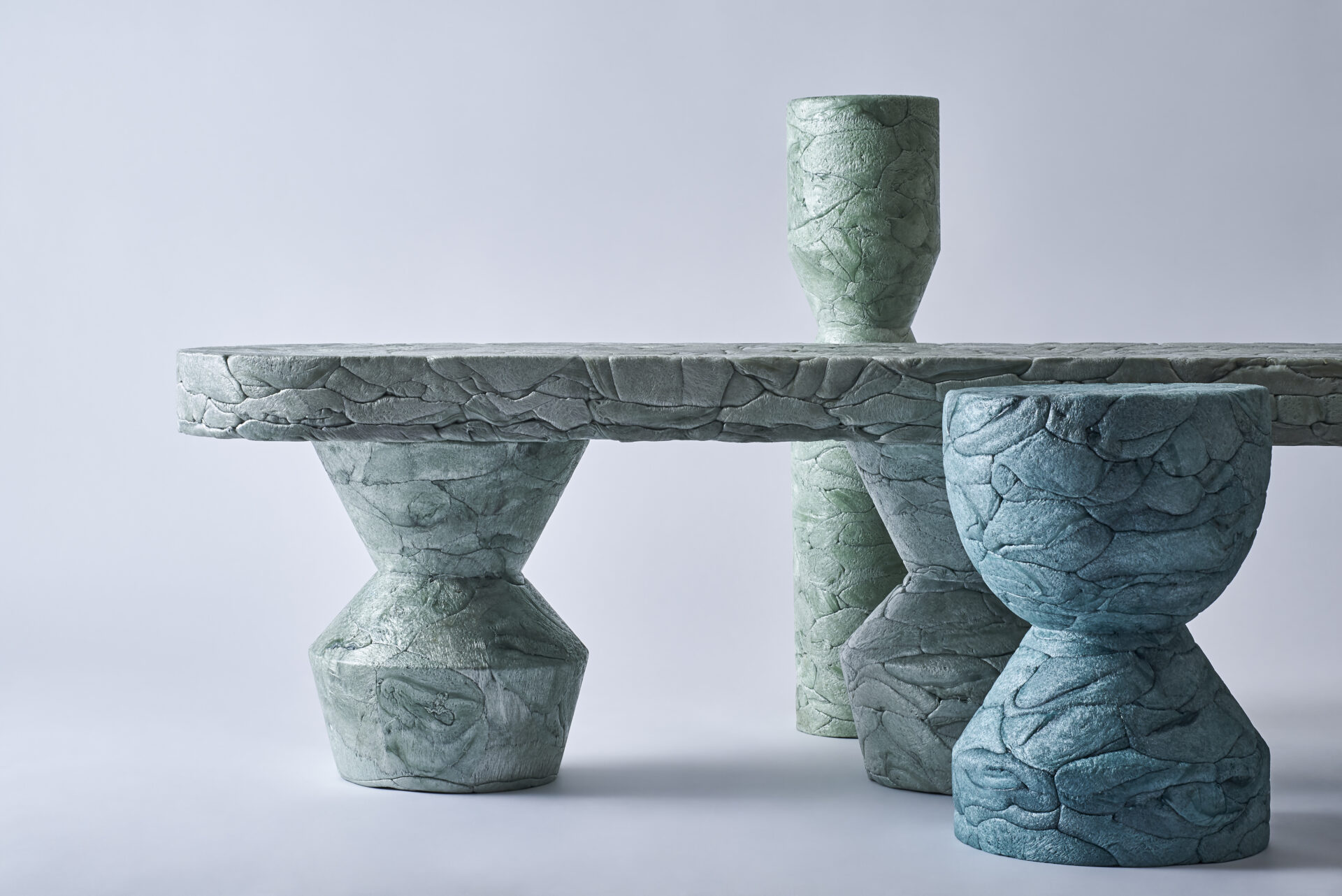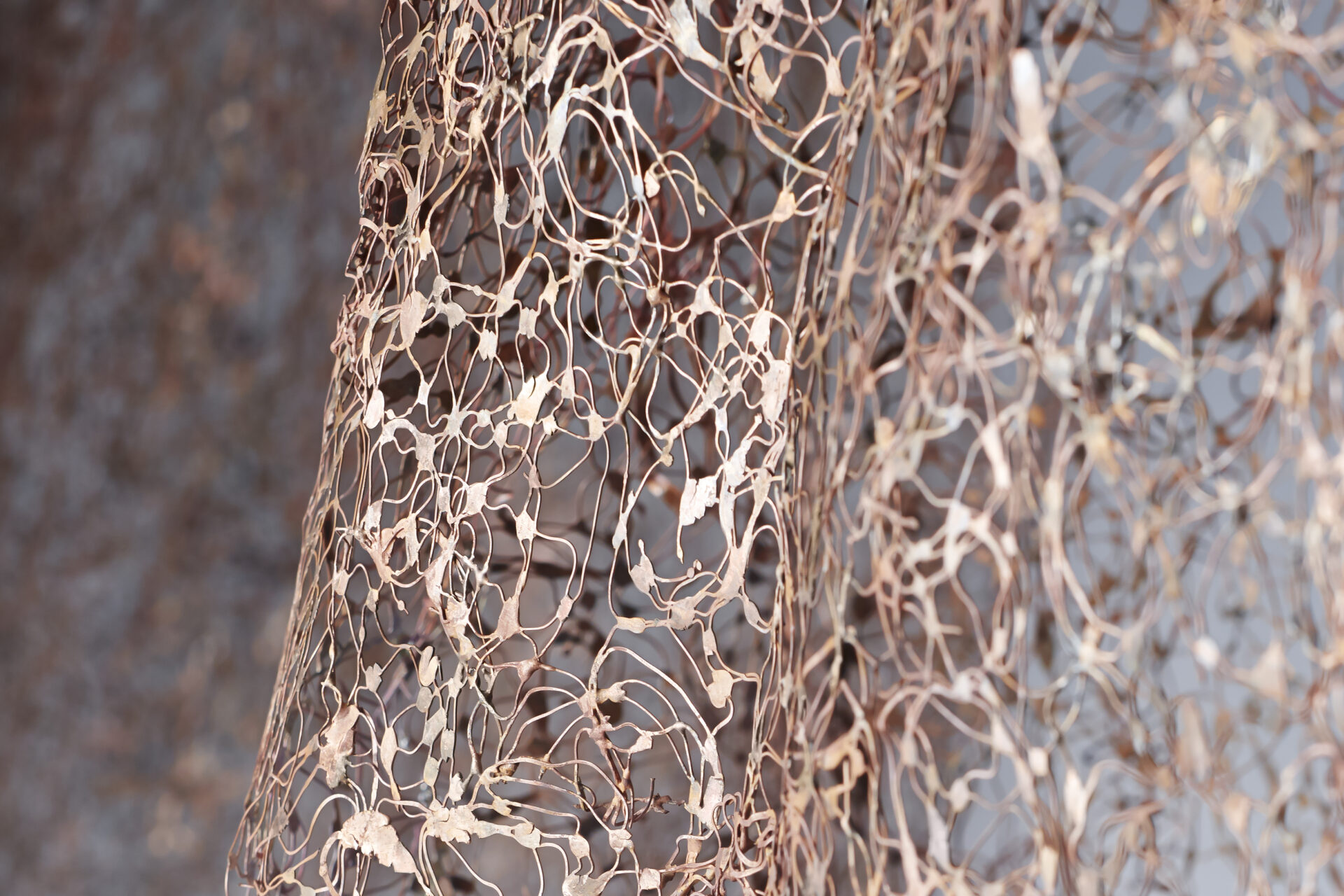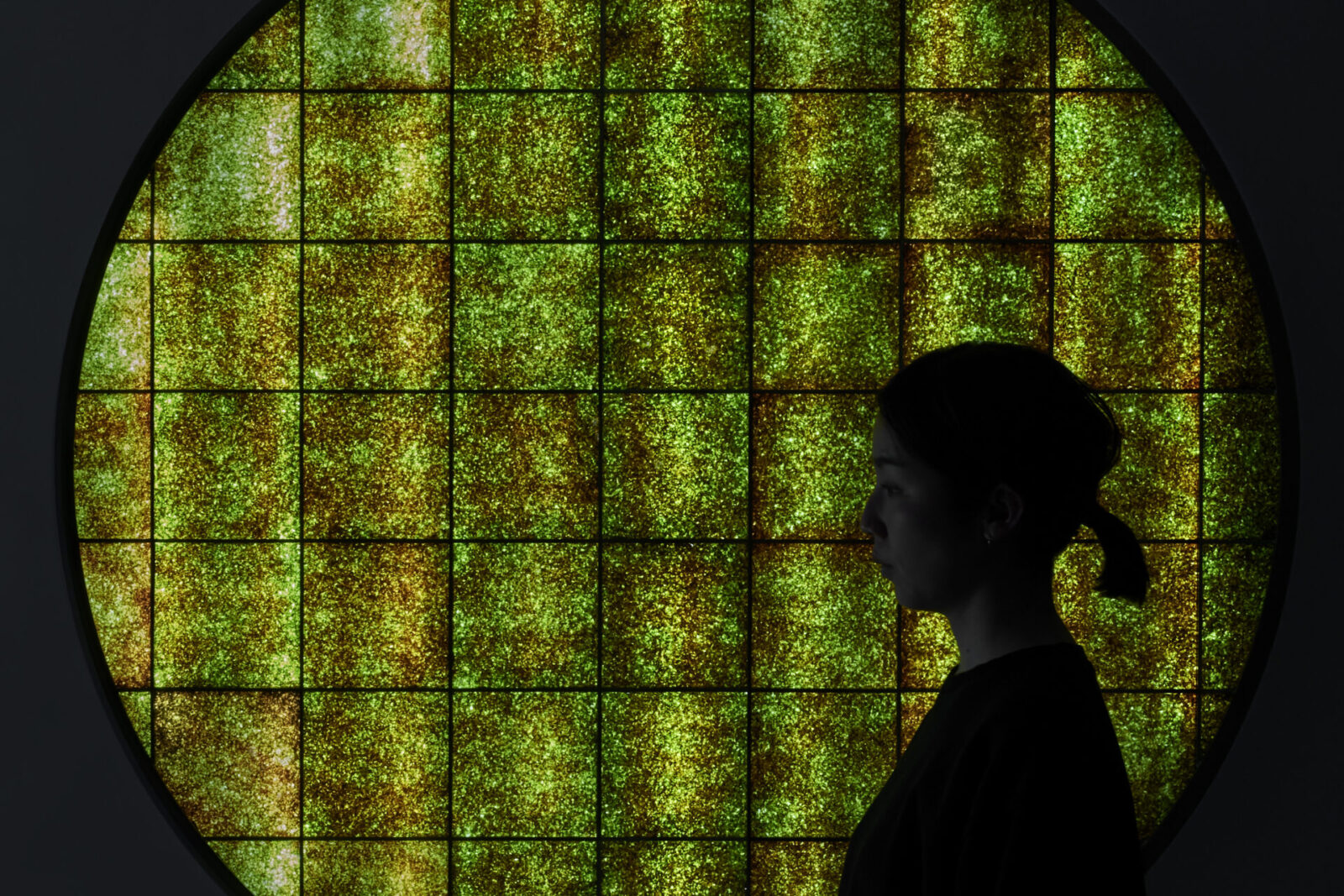Remains
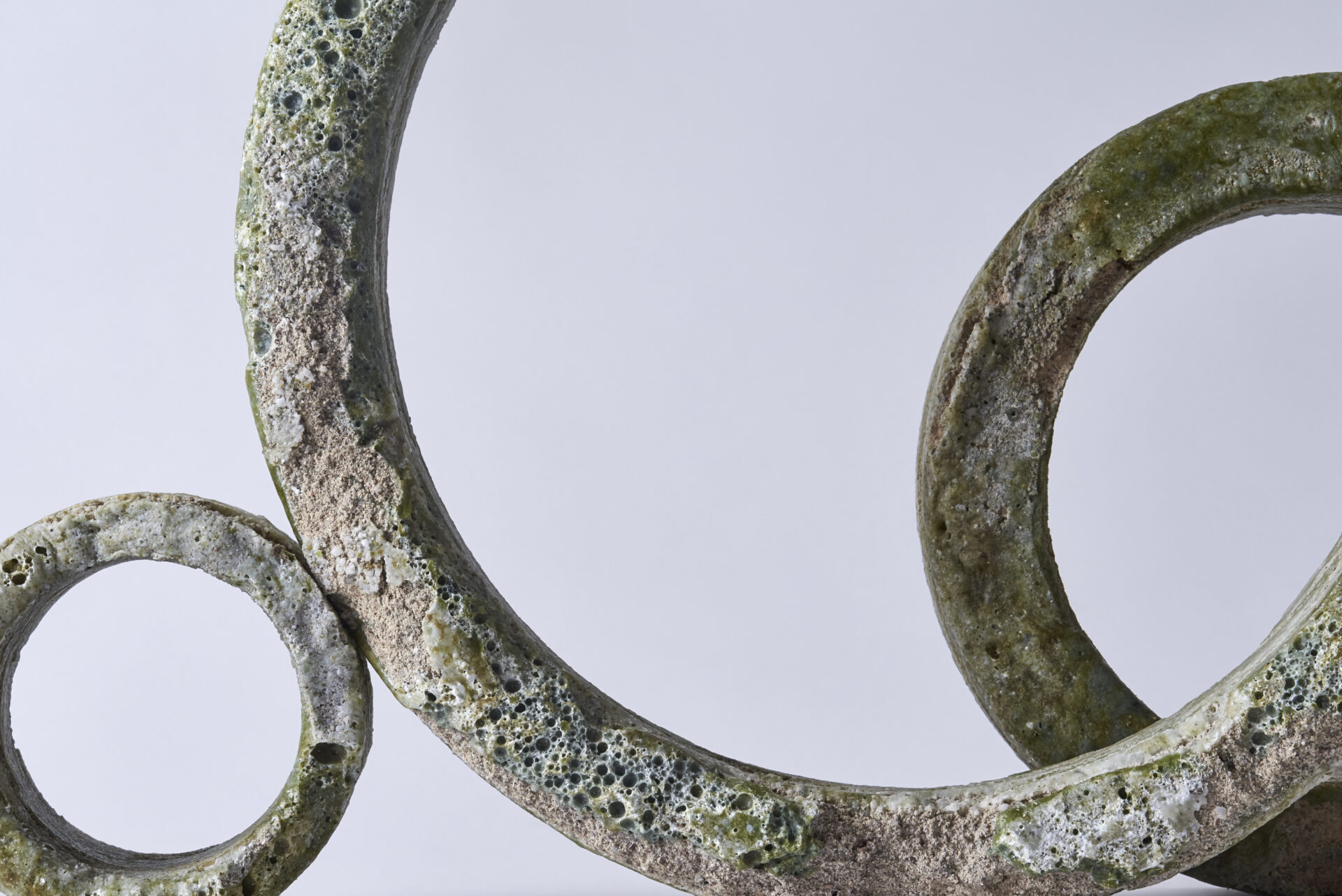
Exploring new value in waste that is difficult to recycle and often sent to landfills
Remains is a research project that attempts to reconstruct our problematic and overly complex relationship with materials. As part of we+’s research project, “Urban Origin”, we focus on Tokyo as a source of used materials and return to the origin of the relationship between humans and materials – “using vernacular materials and treating them simply with our own hands”. Through this approach, we explore the potential value of waste that is difficult to recycle and often sent to landfills.
Project Details
Product
Composite waste that are difficult to recycle
In Japan, the recycling rate of industrial waste is projected to be around 53% in 2020. There are still significant amounts of residual waste such as glass, ceramics, concrete and debris, that are challenging to sort by material type, along with composite waste, that is hard to dissolve due to its complex structure. Such waste exceeds 9 million tonnes and is sent to landfills.
Process
One possible scenario for humanity in the far future, as a geological stratum
In industrial waste recycling plants in the suburbs of Tokyo, the leftover composite materials and debris from the sorting and collecting of recyclable materials, are placed in landfills. However, when these materials are further milled, mixed and heated together in a kiln, the glass waste can act as an adhesive to create new material. The expression could be described as the geological stratum of the Anthropocene era, representing what perhaps humans in the far future will discover when they excavate what today’s humans have sent to the landfills.
